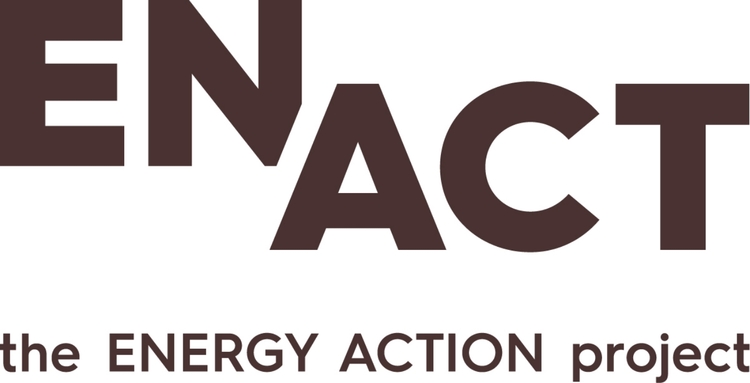France uses three methods to assess the number of people living in fuel poverty. As in many other places, the first measures is if a family spends more than 10% of its income on energy bills. More recently, the National Observatory for Energy Poverty (l'observatoire national de la précarité énergétique or OPNE) has also adopted the low income / high costs (LI/HC) model developed in the United Kingdom to 'broaden the net' and ensure the strict 10% definition does not exclude vulnerable households.
The simple reality of 'feeling cold' is also taken into account and, in recent surveys that combine personal interviews and an assessment of the energy efficiency of dwellings, has become increasingly important. In fact, while the number of French people living in fuel poverty has been relatively stable over the past decade, the number of people reporting being cold jumped by 44% between 2006 and 2012.
The personal surveys revealed interesting information about how many people sought to minimise energy use for heating and in what ways. While difficult to prove, it may be that high energy prices have prompted more people to 'self-manage' their use of heating, placing more emphasis on keeping costs down than on staying warm. These households may find their energy bills a burden even though they often feel cold. Such under-heating puts them at higher risk for health impacts associated with fuel poverty.

